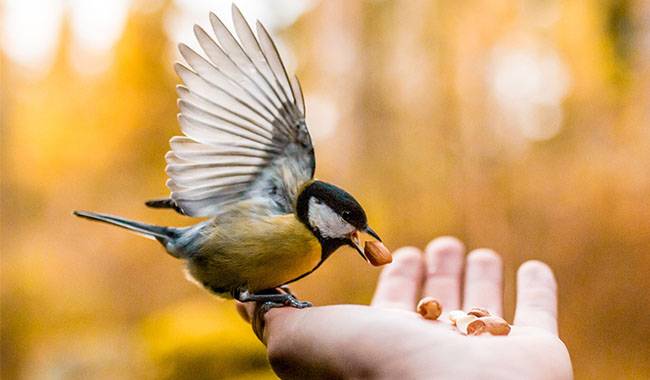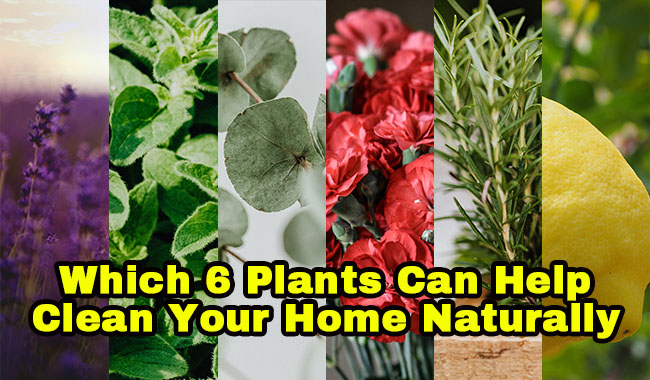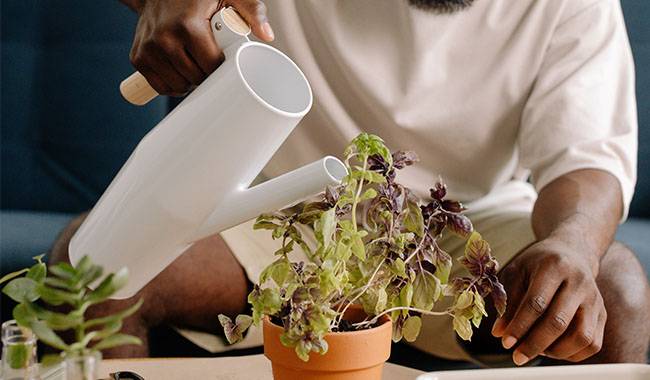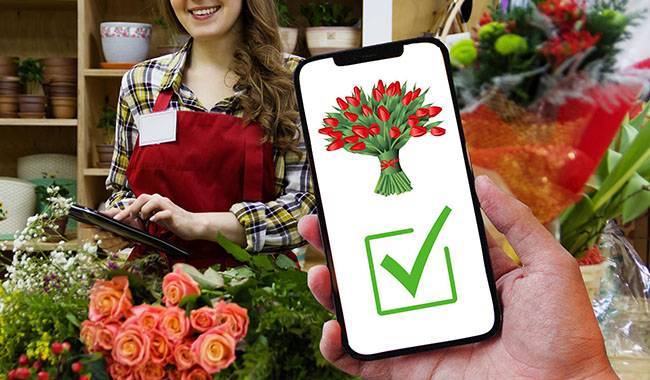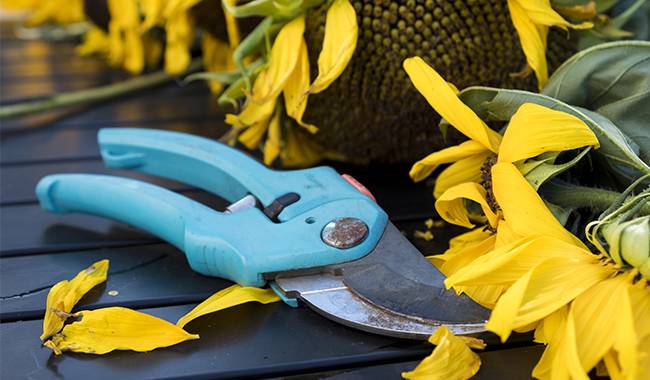
WHY DO YOU NEED THE DEADHEAD FLOWERS
The key goal of plants is to reproduce. Although we feel that flowers are a reward for taking care of plants, plants themselves also play a key role in future generations. The seeds produced by plants carry genetic material that enables plants to produce new offspring from spring to autumn. Therefore, once plants have bloomed petals for the first round of successful pollination, they will gradually concentrate resources to develop seeds. Regardless of whether it is an annual or a perennial plant, it will focus on producing seeds to ensure the survival of its species.
If your beautiful plant blooms the first round of gorgeous petals and succeeds in pollination, it will immediately transfer energy and resources to developing these seeds. This is the most obvious relative to food crops.
“Deadhead” and “Pinch” are very similar professional terms. Some people will exchange it. Others have made a technical distinction, keeping the plant “Pinchback” before it blooms, making its re-adaptation more reasonable. Luxuriant; and by definition, you can only “deadhead” after the plant has bloomed (because you want to get rid of the “dead” flower “heads”)
HOW TO DEADHEAD FLOWERS
In the long run, certain plants can also produce the same effect as exfoliating dead skin depending on pruning so you don’t need to always pick faults in operation.
As opposed to soft plants, you can remove your head with your hands (although long fingernails may be helpful) and pinch the stem between your thumb and index finger. Compared to these plants with hard stems, you will most likely have to use a trimmer to cut them. The whole flower must be removed. Many beginners will make this mistake, that is, only remove the petals, and miss the part of the flower, where the seeds are actually formed (this violates the key purpose of removing the deadhead).
The removal of flowers is relatively simple. When the plant has faded from the flowering stage, pinch or cut the flower stem directly below the waste flower and above the first group of full and healthy leaves. Repeat multiple times for all dead flowers on the plant. Sometimes it may be easier to cut the plant completely.
Cut off a few inches from the top of the plant, enough to remove waste flowers. Before cutting off the top of the plant, check the plant carefully to make sure that no buds are hidden in the faded petals. If you happen to spot any new buds, cut off the stems above them. Cultivate the good habit of pruning early and frequently.
If you spend at least a short time in the garden every day, your weed removal work will be much easier immediately. Gradually as early as possible, probably in late spring, when only a few petals of the plants wither. Repeat this process many times every few days, and the cumbersomeness of each time will be reduced.
However, if you choose to look forward to later in the season, such as early autumn, such terrible pruning work will of course be unbearable. For a gardener, nothing is more meaningful than watching the beautiful flowers bloom in the garden. According to the work of practicing exfoliating throughout the season, the beautiful nature will give you the second wave of flowers, makes you enjoy more
There are several more common specific methods for deadheading garden flowers. According to the type and size of plants and the number of flowers they bloom, choose the best method for your garden.
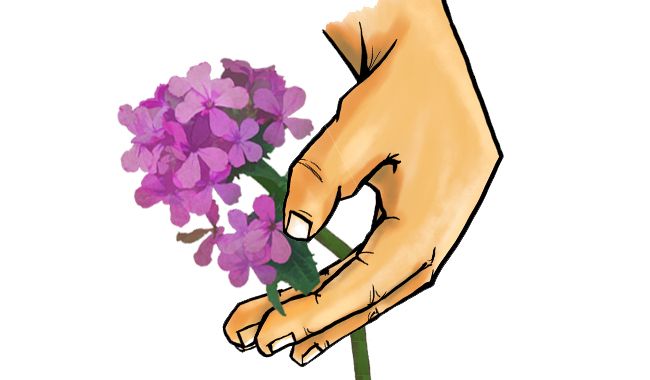
METHOD FOR DEADHEAD FLOWERS
Pinch off
Some flower stems are slender and soft, you only need to pinch them off with your fingers. Pinching flowers is quick and convenient, especially compared to some plants, you want to completely bypass the petals because you are planting these plants for their colorful leaves.
Cut or Shear
When there are a lot of small flowers like Whorled tickseed, it’s best to wait until more and more flowers are in full bloom and simply cut off all the plants by one-third. In the process, you may lose some petals, but the plants will be returned to normal soon and new flowers bloomed. It will also look fresher. Generally, you can cut it twice or more in each season.
Pruning
Compared with plants with larger petals, such as carnations, the simplest specific method is to use pruning. If there are unopened flower buds at the bottom of the flower stem, just remove the dead flowers above it. If the length of all flower stems has already been opened, remove all flower stems at the base of the plant.
COMMON PROBLEM
Pinched in the right place
When the branch is dead, move the flower stem below the waste flower and above the next set of healthy leaves. When the appearance of a small flower gradually fades, it is necessary to remove dead branches as soon as possible. You can also use gardening shears, or simply pinch off the wilted flowers with your fingers-just make sure to remove any seed pods that may have gradually formed after the flowers. These seeds will be difficult to find in the leaves; they look different from flower to flower, but usually gradually become a capsule of the same color as the stem, and the seeds are exposed after cracking.
You don’t have to think that you must save the stem
According to your aesthetic preference in the garden, you will hate long stems sticking out, and hate the attachment of a beautiful flower. If so, cut off the stem at any time. Before you see another small flower, the stem must grow again, but it should bloom twice.
Check flowers regularly
According to the time period of the plant, flowering-it may be a few days or a few weeks. The key lies in the plants and other factors, such as the weather. You may need to be deadheading frequently. Develop a good habit of checking flowers in the garden every time. Certain flowers, such as roses, only need to be removed regularly to bloom throughout the summer.
If the plant produces beautiful seed pods, don’t deadhead
Certain plants, such as the Roast-beef plant, produce seed pods in the fall, which are just as attractive as their flowers. If this is the case for any plant in your garden, and you like its appearance, please feel free to discard it.
In winter, please stop this practice
Deadheading can be done at any time during the growing season, but once the weather cools down, it should be stopped-for birds and other wild animals. In the cold season, small animals will eat from the seed pods. For some small animals, seeds are a vital food source. To allow seed pods to form is to give back to nature.
FUN FACT
After the plant has its head removed, it is usually longer than the original flower when it blooms again. This is because head removal can encourage plants to strengthen themselves instead of producing seeds.
Deadheading method for annual and perennial plants
Although many annual and perennial plants only need to remove the buds to complete deadheading, there are some deadheading techniques that are most suitable for perennials.




